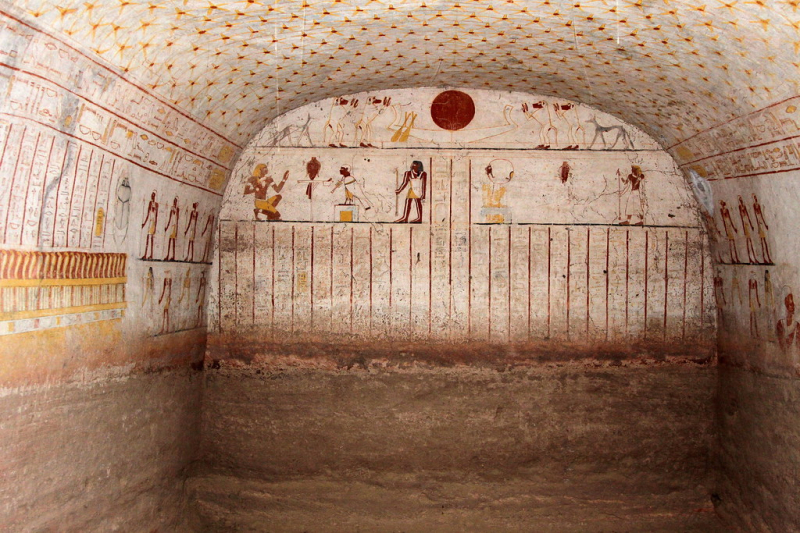El Kurru
El-Kurru was one of the royal graves utilized by Egypt's 25th Dynasty and the Nubian royal line of Kush. El-Kurru, one of the most beautiful historical sites in Sudan, is now located in the Northern state. The majority of the royal Nubian pyramids excavated by George Reisner date from the early Kushite period, from Alara of Nubia (795-752 BC) until King Nastasen (335-315 BC).
Two wadis divide the land into three halves. The middle area appears to be the earliest, with seven tumulus-type graves dating back to the Kingdom of Napata. Tum.1, according to Reisner, goes back to the period of Pharaoh Sheshonq I of Ancient Egypt (c. 850 BC) and precedes the Kingdom of Napata by about 200 years. Scholars (Kendall, Hakem, Totok) currently believe the early cemetery dates back to the Ramesside period and dates the earliest burials to the end of Ancient Egypt's Twentieth Dynasty (c. 1070 BC), though Kendall has reversed his position and now adheres to a dating closer to the one proposed by Reisner.
Four tumulus tombs can be seen on the cemetery's highest point. Tum. 6 is located to the north, across the northern wadi. A row of at least eight pyramids stands to the east of the tumuli. One of them intrudes partially on a tumulus grave. Kashta (probably) and his wife Pebatjma own the southernmost pyramid in this row. Another row of pyramids precedes this one, including those of Piye, Shabaka, and Tanutamani.
To reach the southern pyramids, one must cross the southern wadi to the south of the Pebatjma pyramid. These are the Queens' pyramids: Naparaye, Khalsa, Qalhata, and Arty.
El-Kurru was a walled settlement in the medieval period when the territory was part of the Christian kingdom of Makuria, and it operated until around 1200. During this time, Christian Nubians carved a variety of graffiti into pyramid Ku. 1, including monograms, Christian symbols, and, most notably, a slew of boats, possibly commemorating some type of river procession.
Location: Northern State, Sudan








